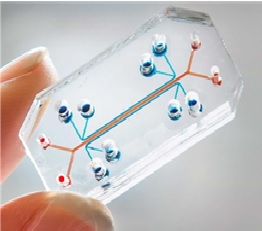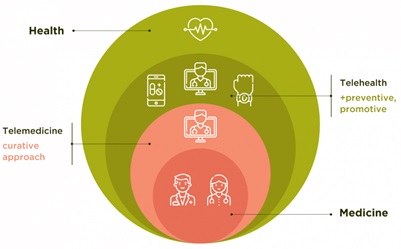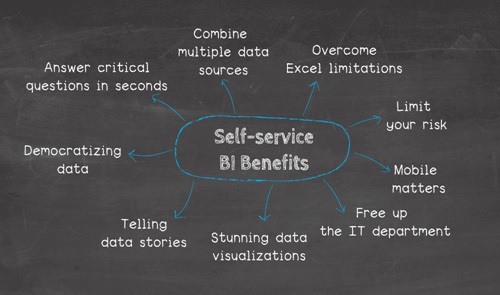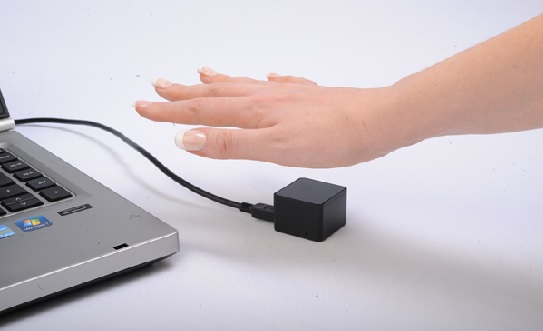Edwards SAPIEN 3 and SAPIEN 3 Ultra Transcatheter Heart Valve (THV) System
The Edwards SAPIEN 3 and SAPIEN 3 Ultra Transcatheter Heart Valve (THV) System each consists of a catheter-based artificial aortic heart valve and the accessories used to implant the valve without open-heart surgery. The valve is made of cow tissue attached to a balloon-expandable, cobalt-chromium frame for support. [1] The SAPIEN 3 Ultra valve is a modified version of the SAPIEN 3 valve.
The Edwards SAPIEN 3 and SAPIEN 3 Ultra THV System was previously approved for the treatment of severe aortic stenosis of the patient’s own heart valve. It was also approved for the replacement of a failing (narrowed, leaky, or both) previously implanted surgical artificial aortic or mitral heart valve in patients who are too high risk for open-heart surgery. This current approval expands the indications to include the replacement of a failing (narrowed, leaky, or both) use previously implanted transcatheter aortic valve.
The doctor compresses the SAPIEN 3 or SAPIEN 3 Ultra THV and places it on the end of a tube-like device called a balloon catheter. The doctor then moves the catheter with the mounted valve through the femoral artery in the leg or a small cut between the ribs. [2] The catheter is pushed through the blood vessels until it reaches the failing previously implanted transcatheter aortic valve. The new artificial valve is then expanded by a balloon and anchors to the failed valve. Once the new valve is in place, it functions the same as the old valve, opening and closing like a door to guide blood flow in the correct direction. Figure 1 shows the Edwards SAPIEN 3 and SAPIEN 3 Ultra Transcatheter Heart Valve (THV) System.

Figure 1. The Edwards SAPIEN 3 and SAPIEN 3 Ultra Transcatheter Heart Valve (THV) System
The SAPIEN 3 and SAPIEN 3 Ultra THV are used in patients with a transcatheter aortic valve that has become narrowed, leaky, or both, and restricts blood flow through the valve. As the heart works harder to pump enough blood through a failing valve, [3] it eventually weakens. This canlead to life-threatening heart problems such as fainting, chest pain, irregular heart rhythm (arrhythmia), heart failure or cardiac arrest.
The SAPIEN 3 and SAPIEN 3 Ultra THV should only be used in patients who are at high or greater risk of death or serious complications from traditional open-heart surgery to replace the failing previously implanted transcatheter aortic valve, as determined by their heart team (a cardiologist and surgeon).
The SAPIEN 3 and SAPIEN 3 Ultra THV can provide an improved quality of life after when used to replace an existing failing transcatheter aortic valve. [4] Results from the Society of Thoracic Surgeons (STS)/American College of Cardiology (ACC) Transcatheter Valve Therapy (TVT) Registry showed that on average, patients had fewer limitations on physical activity and an improved quality of life after the SAPIEN 3 or SAPIEN 3 Ultra THV was used to replace an existing failing transcatheter aortic valve.
Any procedure to replace the aortic valve has carries the risks for serious complications. In the available clinical data about of the device, the major risks observed included death (about 19 out of 100 patients at one year for all causes and about six out of 100 patients at one year for heart-related causes), stroke (about three out of 100 patients at one year), heart attack (about four out of 100 patients at one year), complications with the arteries used to deliver insert the valve (about one out of 100 patients at one year), and the need for a permanent pacemaker (about 11 out of 100 patients at one year).
For some patients with other conditions or diseases, the risk of complications may be especially high. Patients should discuss with their doctors the benefits and risks of this device with their heart team, including the cardiologist and cardiac surgeon.
The SAPIEN 3 and SAPIEN 3 Ultra THV System should not be used in:
- Patients who cannot tolerate blood thinning medicines.
- Patients who have an infection in the heart or elsewhere.
References:
- https://www.fda.gov/medical-devices/recently-approved-devices/edwards-sapien-3-and-sapien-3-ultra-transcatheter-heart-valve-system-p140031s112
- https://www.fda.gov/medical-devices/recently-approved-devices/edwards-sapien-3-transcatheter-heart-valve-system-and-edwards-sapien-3-ultra-transcatheter-heart
- https://newheartvalve.com/faq/long-transcatheter-heart-valve-last/
- https://www.fda.gov/medical-devices/recently-approved-devices/edwards-sapien-3-and-sapien-3-ultra-transcatheter-heart-valve-system-p140031s125
Cite this article:
Vinotha D (2021), Edwards SAPIEN 3 and SAPIEN 3 Ultra Transcatheter Heart Valve (THV) System, AnaTechMaz pp. 16















